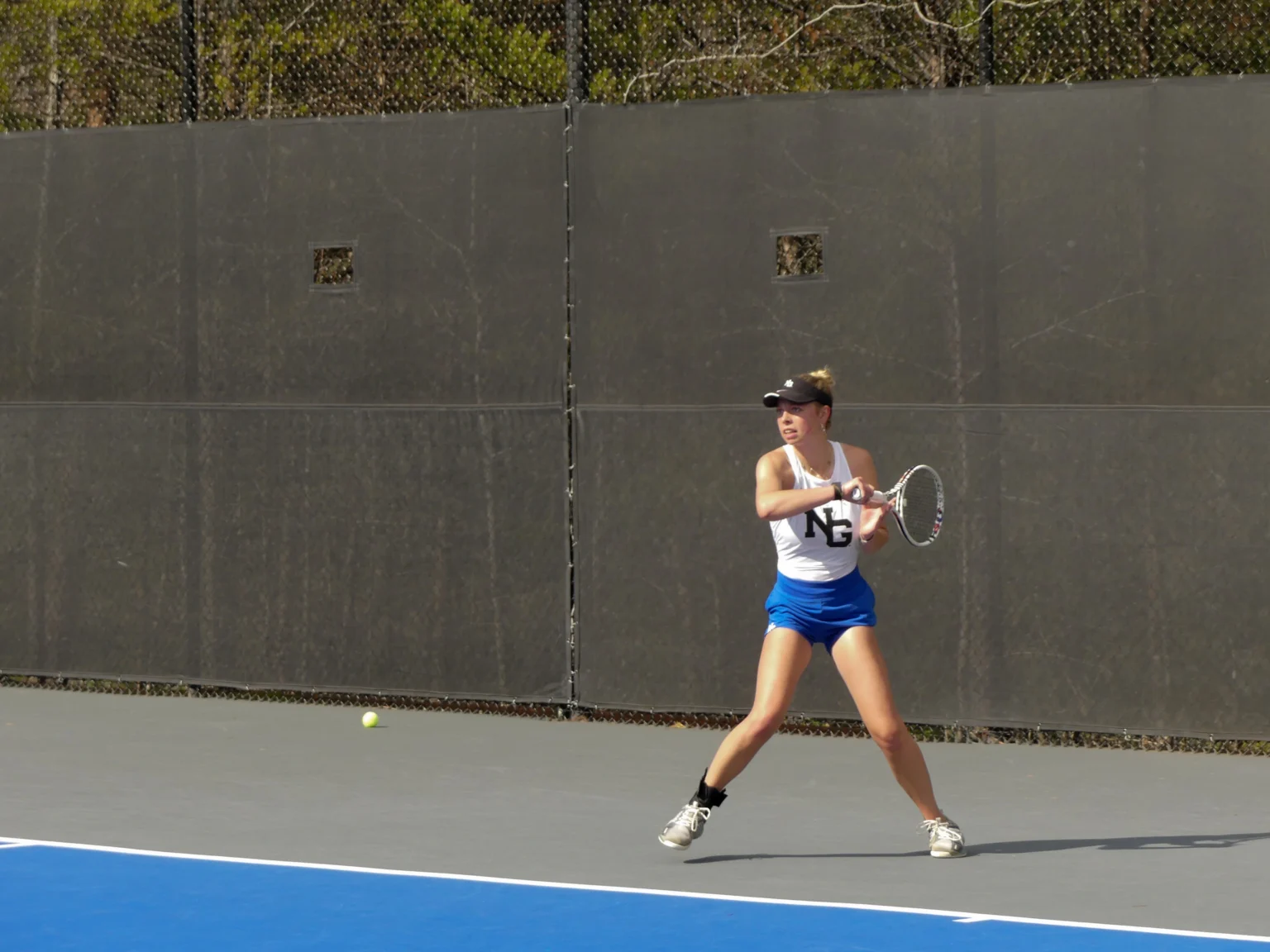
How College Tennis Works vs Tennis in Europe
Discover the main differences between college tennis in the US and tennis in Europe
Linn Goerdes, tennis ambassador at Keystone Sports, is currently competing and studying at the University of North Georgia. Goerdes has experienced both European and American tennis systems firsthand. In this article, she shares her insights about the transition from tennis in Europe to college tennis in the US.
1. Coaching and Training Style
First of all, the way we practice and the coaching style in the US are very different from what I was used to at home. In Europe, tennis training tends to focus more on playing points and hitting drills with balls fed from a basket to improve consistency, technique, and match endurance. The focus is placed on repetition and refining strokes with high-volume practice.
On the other hand, in college tennis coaching has a more strategic approach. Coaches focus on match play scenarios, doubles and singles strategies, and decision-making during points. Rather than improving strokes and mechanics, players are mostly taught how to build up points, anticipate opponents’ moves, and change their game style based on different playing styles. Training focuses more on tactics and strategies than on just technical execution.
Also, in college tennis in the US, the emphasis is more on results than individual development. Consistency and the capacity to hold long rallies, not simply making the ideal shot, are often what are called success. Instead of seeing only one skill, the goal is to keep the ball in play, put pressure, and make fewer mistakes. In many aspects, it turns into a mental struggle just as much as a physical one, and the result of a match is influenced by traits like discipline, perseverance, and fortitude. I had to change the way I thought about training and competing in order to adjust to these changes.
2. Mindset and On-Court Attitude
Of course, the mindset and attitude on the court play a big role too. Before I came to the US, I was very quiet on the court and only pushed myself if I had to. Now, I often scream “Come On” or “Let’s go” when I win a point.
In the first match I played in the US I double-faulted on the first point. My opponent screamed at the top of her lungs and looked me straight in the eyes. That was the moment I realized that college tennis in the US is different from national tournaments in Germany. I would say 20% of match outcomes depend on who has more energy on the court and can beat their opponent mentally rather than physically.
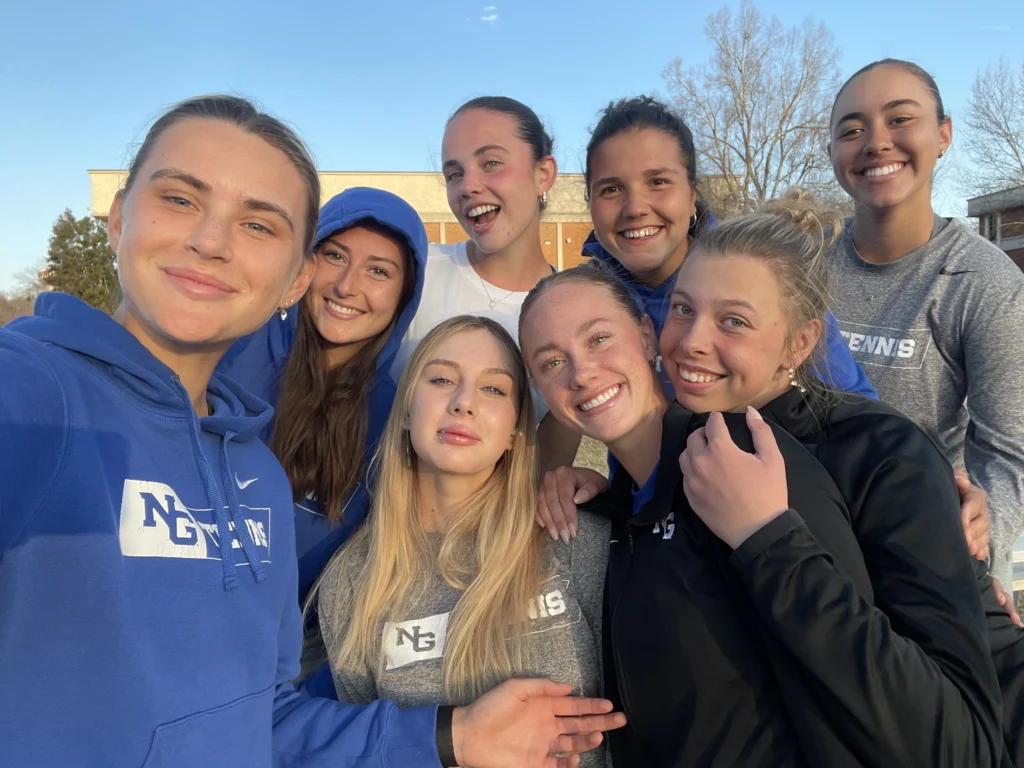
3. Differences in Strength & Conditioning Workouts
Another key difference is fitness training. In Europe, I used to go to the gym two or three times a week and did some conditioning here and there. The Americans, on the other hand, love heavy weightlifting and long-distance running. We have lifting sessions three to four times a week before classes and conditioning once or twice a week—sometimes even more, depending on our match schedule.
The lifting sessions here are far more intense than casual gym workouts. They expect you to reach your max every time you step into the gym. We record the maximum weight we lift for each exercise, and our athletic trainers determine the weight we will lift the next day. The same applies to conditioning.
Back home in Europe conditioning meant a 3km run or a HIIT circle. Here it is a whole different level. The workload is much higher, and the resting times are much shorter. We also perform conditioning circuits in the gym.
All of this may sound challenging or too hard but once you get used to it, you will start loving it. Seeing your body improve and the feeling of finishing a tough workout you thought you couldn’t complete is incredible. Of course, we do all of this to perform our best in tournaments and matches.
4. Match Format and Ranking System
The match format is not the exact same compared to tennis in Europe. College tennis in the US uses ‘No-Ad’ scoring, where the next point after 40-40 (deuce) decides the game, eliminating the traditional advantage scoring. This speeds up matches and increases tension and excitement. On the other hand, it takes away the chance to fight through deuces, which often benefits more reliable players.
Another major change is the “No-Let” rule on serves. This rule implies that the point continues if the ball scrapes the net but still lands in the service box, instead of doing a re-serve. As a result, players are forced to always stay focused and go through unforeseen situations.
College match formats vary depending on the competition. Doubles matches are typically played as a six-game pro set with No-Ad scoring, while singles matches follow a best-of-three set format in regular dual matches. In some cases, doubles are played as a single extended eight-game set with a tiebreak at 7-7 instead of two full sets. These formats keep matches exciting while maintaining a competitive atmosphere.
All results count towards the Universal Tennis Rating (UTR) and World Tennis Number (WTN), which are the key systems coaches use for recruitment and comparing players. This is different from Europe where national rankings define a player’s level. These systems make it easier to compare players internationally, providing a broader view of performance beyond national rankings.
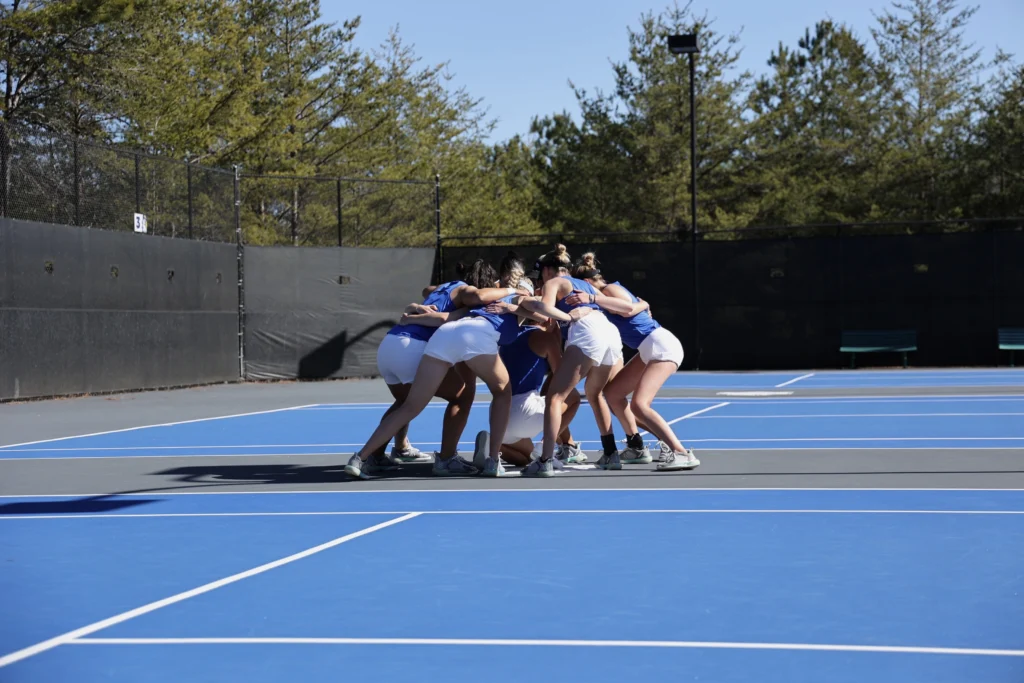
5. Tennis Becomes a Team Sport
The fact that college tennis is more than an individual sport was mind-blowing. Most tennis players in Europe only compete for themselves in tournaments and their performance only affects their own rankings. But in college tennis, each game counts towards the team’s final score. Here team performance is more important than individual achievement.
Three doubles matches and six singles matches make up a normal game. Each match adds one point to the team’s total. The game is won by the team that gets the most points. Players compete not just for themselves but also for their teammates, coaches, and university, which gives a whole different dynamic. Unlike European tennis, college matches are highlighted by a strong sense of camaraderie, loud cheering, and sideline support. One of the best aspects of playing college tennis is the team-based component, which gives a strong sense of community and strengthens friendships.
Overall, even though the system here differs from tennis in Europe, I love the atmosphere of playing matches in the US. There is just so much more behind it than just playing tennis. There are so many more concepts, which have an impact on your performance, which I have never considered before. I think it is a unique concept and worth experiencing.
Want to Play College Tennis in the US?
At Keystone Sports, we specialize in helping tennis players like Goerdes secure tennis scholarships at American universities. Our extensive network of college coaches and our understanding of the US collegiate sports system allows us to match players with programs that best fit their goals.
Start your scholarship journey by completing our free assessment today!
Share this article:
More related articles

What are College Esports Scholarships, and How Can You Secure One?
Esports has skyrocketed in popularity and has evolved into a competitive sport. The exciting news? U.S. universities are now offering scholarships for esports players! In this article, you’ll get all the details on how to secure a college esports scholarship.
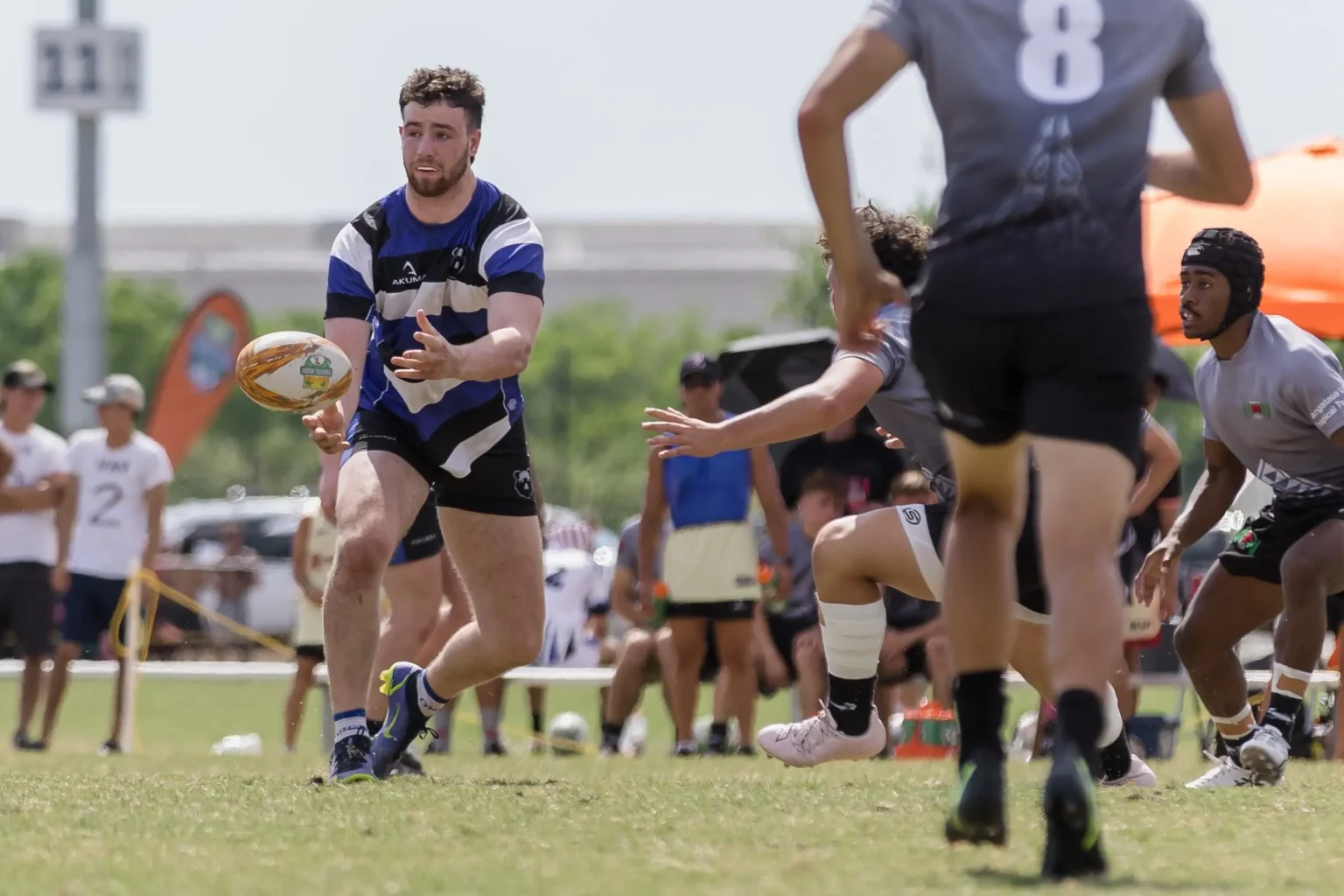
How to Get a Rugby Scholarship in the US
With the growing popularity of rugby in American universities, more opportunities are becoming available for international students to obtain rugby scholarships. Here’s everything you need to know about scholarships for rugby and how to get one!
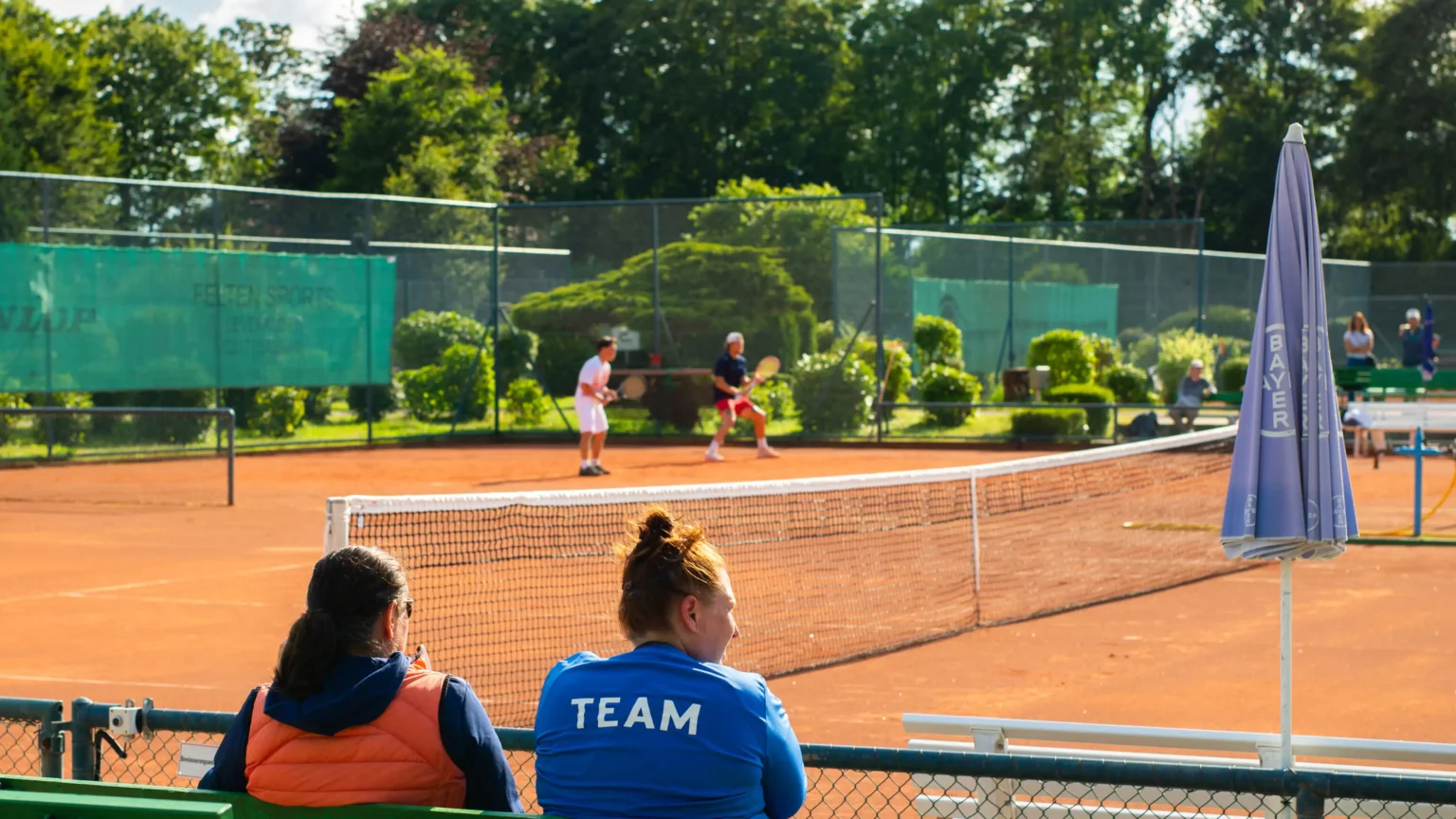
Your Guide to Transfer Universities as a Student-Athlete
Transferring universities as a student-athlete can be a complex process, but with the right support, it’s an opportunity to elevate both your academic and athletic career. Keystone Sports simplifies every step of the process to find your perfect fit!





